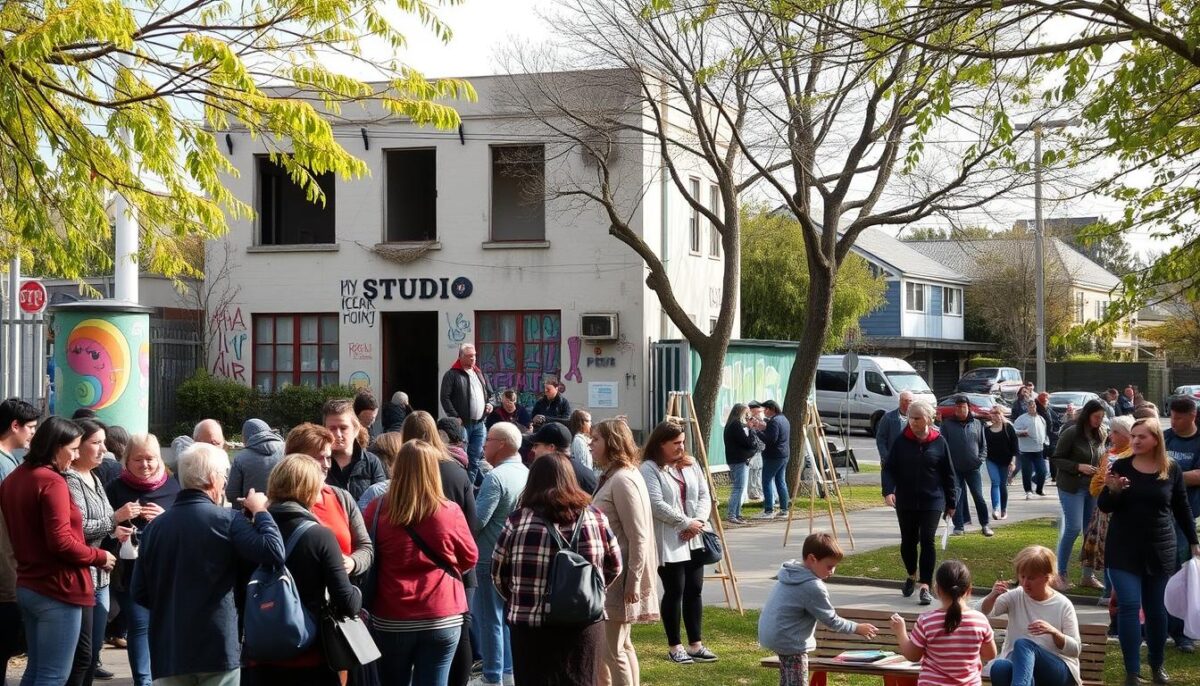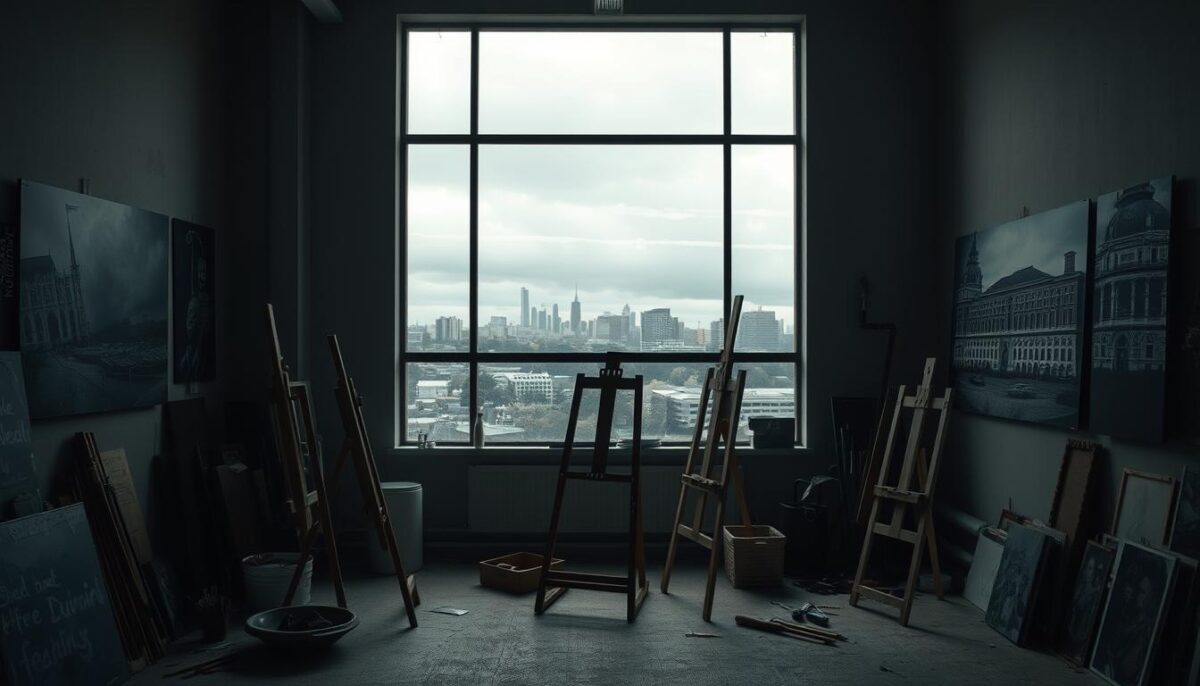The recent decision to shut down the SIGNAL studios in Christchurch and Dunedin signifies a pivotal shift for the local creative community. This SIGNAL closure comes as a result of mounting challenges, including financial sustainability issues, increasing competition within the creative industry, and evolving audience engagement trends. The ramifications of this closure will be felt deeply, affecting both the employees who dedicated their efforts to these studios and the broader community initiatives that relied on their resources.
In the following sections, we will explore the motivations behind this significant change and the repercussions it will have on local artists and the creative landscape.
The Impact of SIGNAL’s Closure on Local Communities
The abrupt closure of SIGNAL has created significant community impact in both Christchurch and Dunedin. As a hub for local artists, it provided essential creative outlets that catered to diverse artistic expressions. The loss of this space not only affects individual artists but also ripples through the community, highlighting the vital role such venues play in fostering collaboration and innovation.
Creative Outlets Lost
SIGNALS’s closure eliminates a key environment where artists connected and developed their skills. Many former members express concern over the absence of a nurturing space that encouraged both personal and collective growth.
- Creative workshops that stimulated artistic development.
- Networking opportunities that fostered collaborations among local talent.
- Exhibitions that showcased vibrant local culture.
The absence of these creative outlets in Christchurch and Dunedin may inhibit the artistic growth of emerging talents and decrease community engagement in the arts. Artists are left to seek alternative solutions, which may not replicate the sense of belonging and support that SIGNAL offered.
Economic Consequences in Christchurch and Dunedin
The economic downturn following SIGNAL’s closure can be seen through several lenses. Local businesses that thrived on the presence of the studio, such as cafes and art supply stores, face potential losses in revenue. A decrease in foot traffic and patronage threatens to affect not only these establishments but also the overall economic health of the communities.
| Impact Category | Before Closure | Projected After Closure |
|---|---|---|
| Local Artist Engagement | High | Low |
| Foot Traffic in Nearby Businesses | Strong | Weak |
| Artistic Collaborations | Numerous | Limited |
This economic downturn poses a challenge for both Christchurch and Dunedin, raising questions about how these communities will adapt to the loss of a significant cultural touchstone. Without prompt attention, the long-term consequences could alter the cultural landscape for years to come.

SIGNAL Closes Its Doors on Chch and Dunedin Studios
The closure of SIGNAL’s studios in Christchurch and Dunedin marks a significant moment in the local creative landscape. This decision has not been made lightly, with various factors influencing the management’s choice to cease operations. The studio faced numerous challenges over the years, compelling a strategic reevaluation of its role in an evolving industry.
Reasons Behind the Decision
The main closure reasons include shifts in consumer behavior, with many artists and creators gravitating toward digital platforms for their projects. This trend has reshaped the landscape for studio operations, making traditional settings less viable for diverse creative expressions. Furthermore, financial pressures exacerbated by declining budgets and increased operational costs forced SIGNAL to confront its sustainability, ultimately leading to the heartbreaking decision of shutting down.
Timeline of Events Leading to the Closure
A detailed timeline of SIGNAL events reveals the studio’s operational history, showcasing key moments that culminated in its recent closure. Notably, the studio experienced a rise in collaboration with local artists, followed by a gradual decline as digital media took precedence. External factors, including the global pandemic and changing industry dynamics, played critical roles in this decline, confirming that the future of creative industries is veering towards online spaces.



